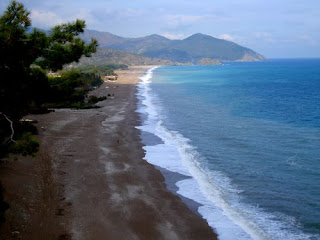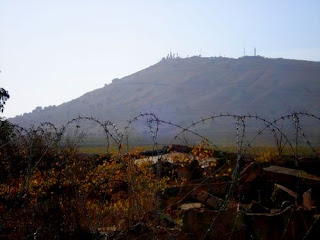From Syria we drove towards the Balkans via Turkish Mediterranean. Turkey’s coastal drive was nearly 2000 kilometres long and was a succession of stunning panoramas, banana and citrus plantations, pine woods, dramatically sited Greco-Roman ruins, interspersed with resort towns that we successfully avoided. Weather was still fine and we could spend nearly three weeks in the coastal towns of Kizkalesi, Anamur, Cirali, Adrasan and Patara. There we could practice keyif, a Turkish art of quiet relaxation. Opportunities for it abound – playing backgammon and barbecuing on the beach, practicing December swimming, sipping red wine, etc. That’s keyif.
We unexpectedly found out that Santa Claus once lived here. According to the locals Patara was the birthplace of St Nicholas, the 4th century Byzantine bishop who later passed into legend as Santa Claus. I always thought he is Finnish, riding in a sleigh with his reindeers. No matter how, Merry Christmas!


















































